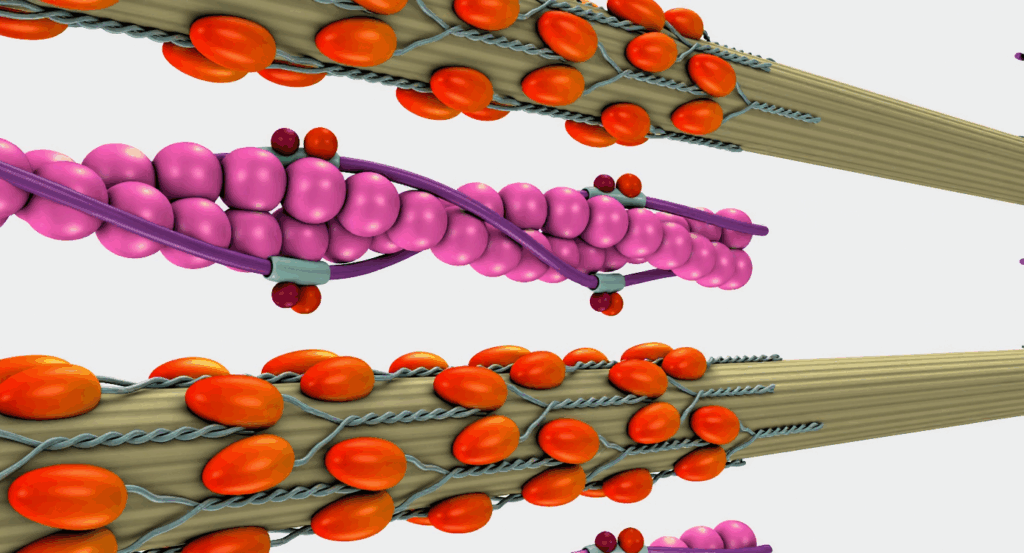HOME
This website provides curated access to Cardio‑SM (Cardio‑Specifications Matcher), a decision support tool aimed to promote the standardization of variant interpretation and disseminate knowledge.
Cardio‑SM applies the ACMG/AMP guidelines (Richard et al., 2015) incorporating the ClinGen Cardio VCEP Specifications, released in April 2024.

By prompting you to enter relevant data and/or answer targeted conceptual questions, this tool can guide you comprehensively through the criteria assignment process
Supported Genes: MYH7, MYBPC3, TNNI3, TNNT2, TPM1, ACTC1, MYL2, MYL3 on MANE Select transcripts
To mention Cardio-SM, please cite: Caroselli, et al. Reclassification of VUS Using ACMG/AMP Criteria Adapted for Sarcomeric Genes Related to Hypertrophic Cardiomyopathy: Resolution Rate and Considerations. Human Mutation, 2025. https://doi.org/10.1155/humu/6500093
